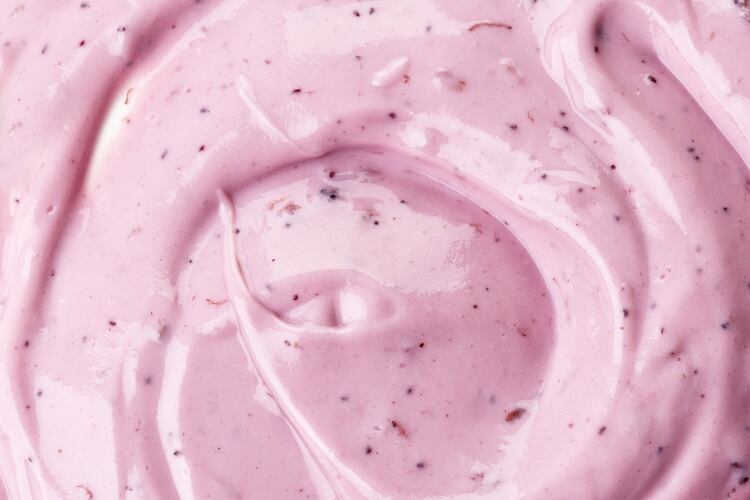Consumers want real food that is convenient, healthy and tasty. Dairy products benefit from an established image of being naturally healthy, with many products meeting the demand for on-the-go consumption. According to 360 Research Reports, the probiotic and prebiotic market is expected to grow at a CAGR of 6.5% between 2018-2023. This steady market growth is based on increasing awareness of the health benefits of probiotic and prebiotic yoghurt.
Probiotics – capturing consumer curiosity
Regular consumption of probiotics is widely reported to help balance the gut microflora, promote better nutrient absorption and regular bowel movements, and boost the immune system. Dairy products are generally considered to be good probiotic carriers, and yogurt is a particularly popular choice.
This is possibly because yogurt is one of the original sources of probiotics and it is established that cultures are introduced to yogurt during production. Consumers are inquisitive when it comes to probiotics – they want to understand the way they work and discover some of the new benefits that have been discussed in the media, such as weight management and better mental health.
“Probiotics is considered to be a very exciting area by consumers,” said Eve Martinet-Bareau, global product manager for dairy probiotics from DuPont.
“But it’s also a confusing space as the science is still considered to be somewhat new. Consumers want to learn about strains and cell-count – and often believe the higher the cell-count in the product the better, rather than understanding that each probiotic has a specific recommended dose to secure each health benefit. And they want to be able to benefit from new functionalities that they have heard or read about - and these new functionalities should of course be well documented.”
The dairy manufacturers challenge
The fact that probiotics are live bacteria adds unique challenges for yogurt producers, and it is a delicate balance to create a great tasting product that has optimal shelf life and sufficient cell-count at the time of consumption to give consumers the effect they expect.

The viability of probiotics in yogurt depends on a wide variety of factors; the strain itself, the milk and fruit preparations used, the incubation temperature, fermentation time and storage temperature. In order compensate for potential viability loss during storage and to ensure the high cell-count that many consumers look for on their yogurt label, some manufacturers have experimented by inoculating their yogurts with very high level of probiotics. But this had a negative effect on the quality of the final product and resulted in characteristics such as high acidity and sometimes off-flavor developments.
“As probiotics are live bacteria, they continue to ferment and can acidify the yogurt,” Martinet-Bareau said.
“The good news is that by selecting the correct strains, it’s possible to create a unique formulation that controls acidity. There are exciting new solutions in the pipeline that can help preserve the indulgent yogurt characteristics that consumers long for, while ensuring high cell-count throughout storage.”
It’s just the beginning
According to Euromonitor in their July 2019 report, gut health is still an emerging trend in the healthy living space – and one that is going to expand from traditional dairy categories into snacking and indulgent foods, with new focus on prebiotics. So it makes sense that new cultures and new solutions are on the horizon to meet these demands.
“At DuPont, we’ve identified synergies between yogurt cultures and probiotics, and found a way to increase the cell-count multiple times,” Martinet-Bareau said.
“We’ve clinical documentation for these strains, for their functionality and the benefits they deliver. But the launch doesn’t take place until the first half of 2020.”
Keeping in line with the trend towards health and indulgence combined, the new cultures from DuPont target the production of very indulgent yogurts – thick in texture and mild in taste – that also deliver a high count of probiotics for enhanced digestive benefits.
“The new application is for premium yogurts with luxurious texture, delicious taste and with optimized probiotic cell-count,” Martinet-Bareau said.
“It will be an exciting launch for us – not only will it be a combination product for manufacturing convenience, it ensures the right cell-count at the end of shelf life – and that’s something that both consumers and manufacturers are looking for.”



